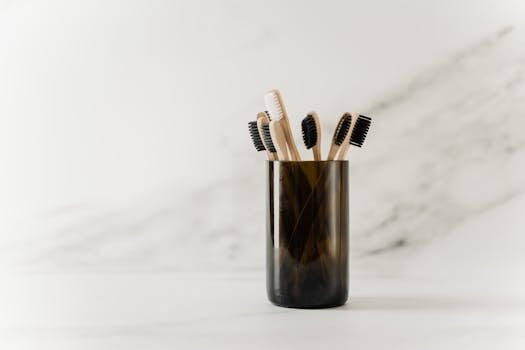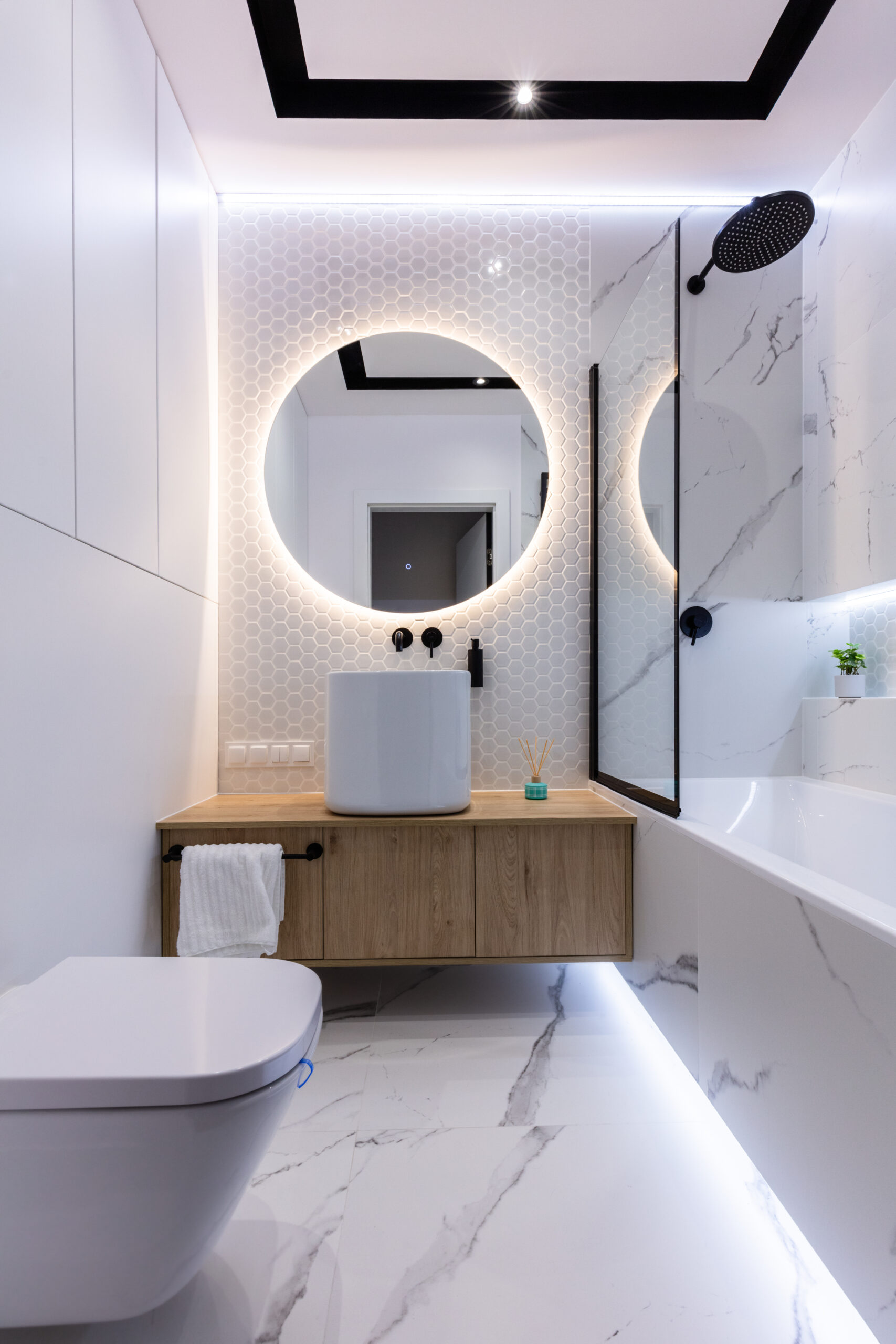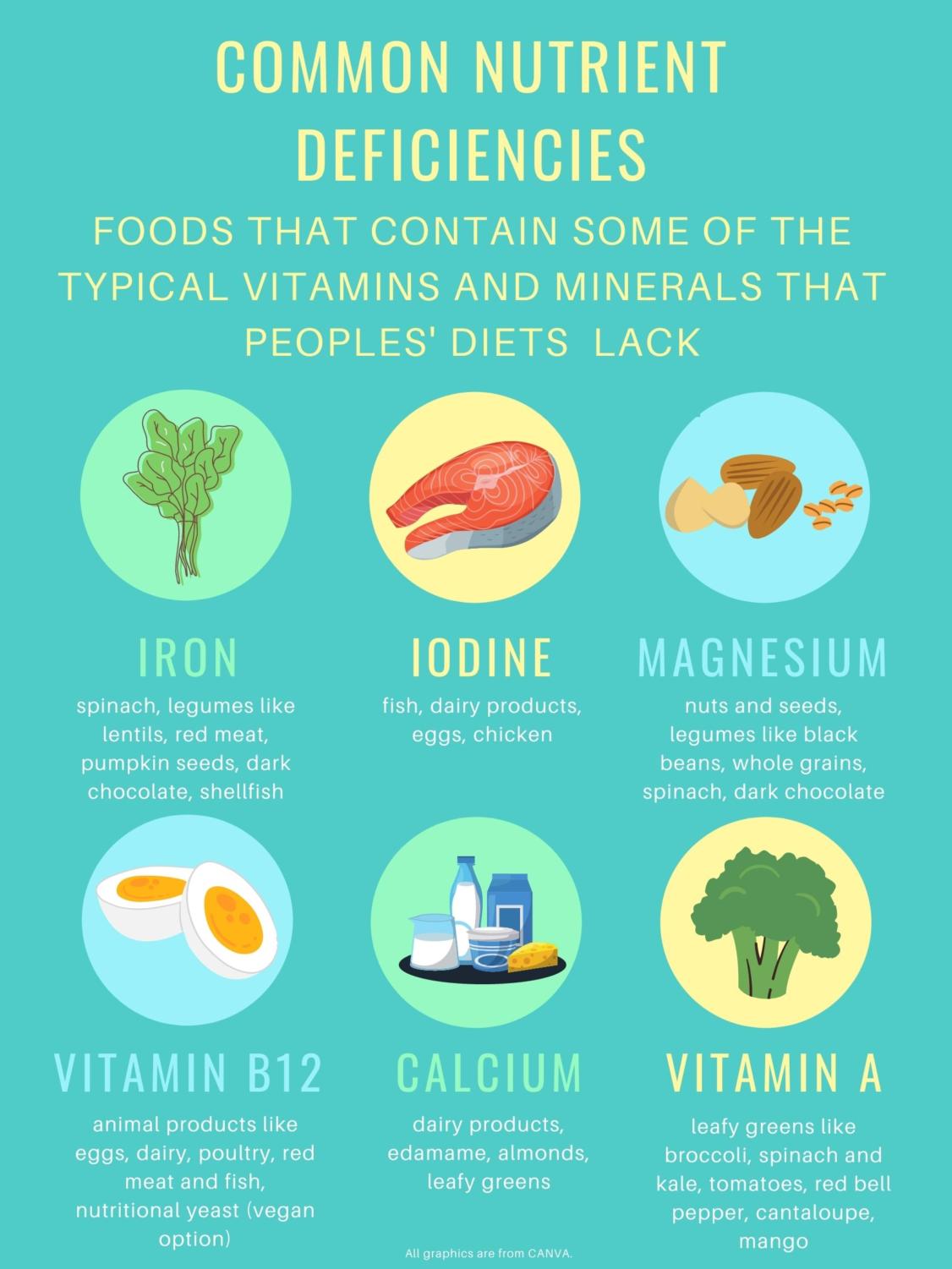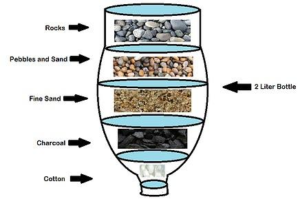Maintaining a clean toothbrush is pivotal for oral hygiene, yet often overlooked. A toothbrush can harbor bacteria and germs, potentially undermining your dental health. Thus, understanding how to disinfect your toothbrush and keep it free from bacteria is essential.
From everyday cleaning techniques to deep-cleaning methods, there are various ways to ensure your toothbrush remains a tool for health rather than a breeding ground for bacteria. Let’s explore some effective strategies.
How to clean your toothbrush effectively?
Rinsing your toothbrush with hot water before and after use is the first step in maintaining toothbrush hygiene. This simple act helps to remove debris and bacteria. Furthermore, allowing your toothbrush to air dry upright and keeping it separate from others can limit cross-contamination.
For a deeper clean, consider soaking your toothbrush in antibacterial mouthwash or a denture cleaner solution for a few minutes. These solutions are designed to kill bacteria without damaging the toothbrush bristles. Remember to rinse the toothbrush thoroughly with water before using it again.
Another approach is using hydrogen peroxide, which acts as a disinfectant. Soak the brush head for several minutes, then rinse. This method is both effective and affordable, using common household ingredients.
What are the best methods for disinfecting your toothbrush?
Aside from the aforementioned techniques, UV sanitizers are a high-tech option for those seeking an extra level of cleanliness. UV light has been proven to kill microorganisms and is a safe method for toothbrush disinfection.
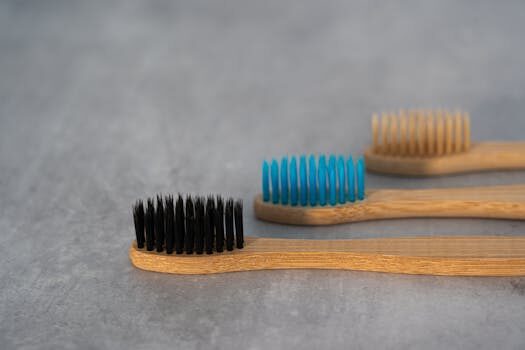
Some may opt for natural disinfectants like vinegar. Soaking your toothbrush in a vinegar solution for 30 minutes can help to kill bacteria. However, this method should not replace regular replacement of your toothbrush.
Using a dishwasher for cleaning your toothbrush is not recommended, as the heat and water pressure can damage the bristles, rendering the toothbrush less effective.
How often should you replace your toothbrush?
The American Dental Association recommends replacing your toothbrush every three to four months. Frayed bristles lose their effectiveness and may harbor more bacteria. Children’s toothbrushes may need to be replaced more frequently due to more aggressive usage.
Moreover, it’s advisable to get a new toothbrush after recovering from an illness like a cold or flu to prevent re-infection. Keep a close eye on the condition of the bristles and make a replacement as soon as they start to show wear.
Why is it important to disinfect your toothbrush regularly?
Regular disinfection of your toothbrush is crucial to prevent the spread of bacteria and other germs to your mouth. This can reduce the risk of oral infections and maintain the efficacy of your brushing routine.
Considering the toothbrush’s proximity to the toilet and the potential for airborne particles to settle on it, regular disinfection can help prevent these contaminants from entering your mouth.
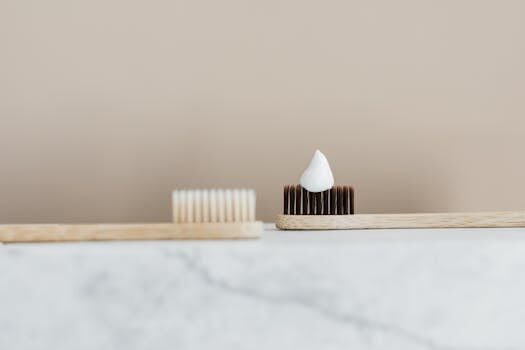
How to clean a toothbrush with common household ingredients?
- Hydrogen peroxide: This common household disinfectant is effective for sanitizing toothbrushes. Soak the brush head for a few minutes before rinsing.
- Baking soda: Mix baking soda with water to create a cleansing soak that neutralizes bacteria without harsh chemicals.
- Vinegar: Diluted vinegar can serve as a natural disinfectant. Soak the toothbrush for half an hour, and then rinse thoroughly.
What are the risks of not cleaning your toothbrush?
Failure to clean your toothbrush can lead to the accumulation of bacteria, which could be reintroduced into your mouth with every use. This can increase the likelihood of dental complications, such as cavities and gum disease.
Ignoring toothbrush care can also facilitate the spread of infections, especially if you share your toothbrush, which is highly discouraged.
Further Insights and Tips
Watch this informative video to gain more tips on keeping your toothbrush germ-free:
Questions Related to Toothbrush Disinfection
How do I disinfect my toothbrush?
To disinfect your toothbrush, you can soak it in hydrogen peroxide or antibacterial mouthwash. Ensure to rinse it thoroughly with water afterward. UV sanitizers are also a good option for regular disinfection.
Remember to replace your toothbrush every three to four months or after being sick. Never share your toothbrush to minimize the risk of cross-contamination.
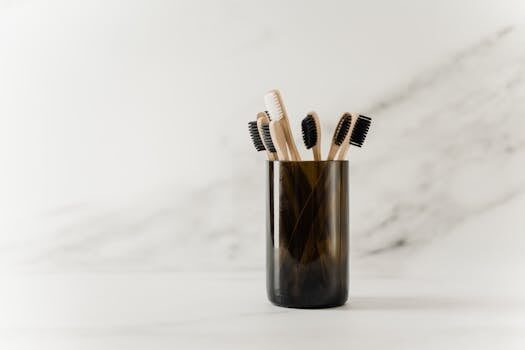
What is the best way to clean my toothbrush?
The best way to clean your toothbrush involves rinsing it with hot water before and after each use, soaking it in a disinfectant like hydrogen peroxide periodically, and allowing it to air dry properly.
Stay away from methods that could damage the bristles, such as using a dishwasher or microwave. Keep your toothbrush clean and functional by opting for gentle yet effective cleaning methods.
How often should I change my toothbrush?
You should change your toothbrush every three to four months, or sooner if the bristles appear frayed. Monitor the condition of your toothbrush and replace it to ensure maximum cleaning efficiency.
After illnesses, it’s wise to start with a fresh toothbrush to prevent re-infection and safeguard your oral health. Maintain oral health with a clean toothbrush to prevent dental issues.
Can I use boiling water to clean my toothbrush?
Boiling water can be used to clean your toothbrush, but it’s not recommended as the high temperatures can damage the bristles and compromise the structure of the toothbrush. Opt for less aggressive methods like soaking in hydrogen peroxide.
Always prioritize methods that are both effective against bacteria and gentle on your toothbrush to maintain its integrity.
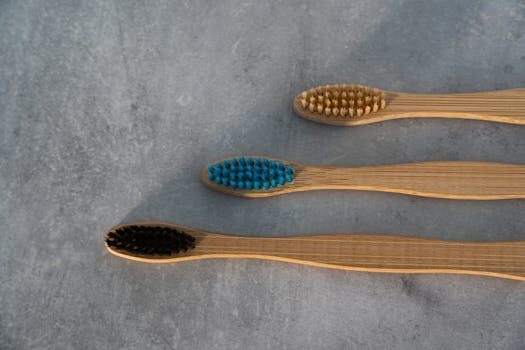
Is it safe to share my toothbrush?
No, it’s not safe to share your toothbrush. Sharing can lead to the transmission of bacteria and other pathogens, increasing the risk of infections. Each person should have their own toothbrush to maintain individual oral hygiene.
Best practices for toothbrush hygiene involve having a personal toothbrush and regularly disinfecting it to prevent the spread of germs.
How long should I soak my toothbrush in hydrogen peroxide?
Soaking your toothbrush in hydrogen peroxide for about 5-10 minutes is sufficient to disinfect it. After soaking, rinse the toothbrush thoroughly with water to remove any residual peroxide.
Regular soaking can help reduce bacteria on your toothbrush and contribute to a healthier oral hygiene regimen.
 Sanitize your home naturally without harmful fumes
Sanitize your home naturally without harmful fumes
